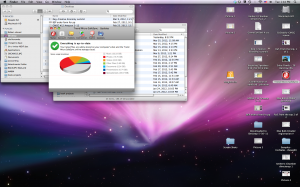Game-Changers, Innovation…and Marketing: Inspirations
Without starting with that intention, I’ve been immersing myself in “creativity juice” this morning. A whole bunch of the e-mails I’ve opened have, by random chance (if there is such a thing), forced me to think about how creativity happens, what it means, and whether “if you build it, they will come”—a/k/a, in the pre-“Field of Dreams” world as the better mousetrap aphorism—has relevance in today’s world.
Today, I’ll share three of these inspirations with you: the raw material. And I’ll write down what I think about this confluence, but set it to post on Tuesday—because I want your reactions before you see mine. Please comment below.
1. This quote from @ChrisBrogan:
When I think about all that a business can do to succeed (or all that an individual can do, for that matter), I start from the mindset of forgetting about the path that someone else has forged. Why? Because innovation rarely (never?) comes from following an established path. If I were going to design a hotel, I wouldn’t try learning what worked and didn’t work for the Four Seasons, I’d think through (and then interview others about) all the details that matter to me as a traveler, and then consider what I could do better.
While I won’t give away my reactions yet, I will tell you that my response cites Steve Jobs, energy visionary Amory Lovins, and some game-changing, category-inventing products.
Meanwhile, you have the floor. I’m eagerly awaiting your response.

